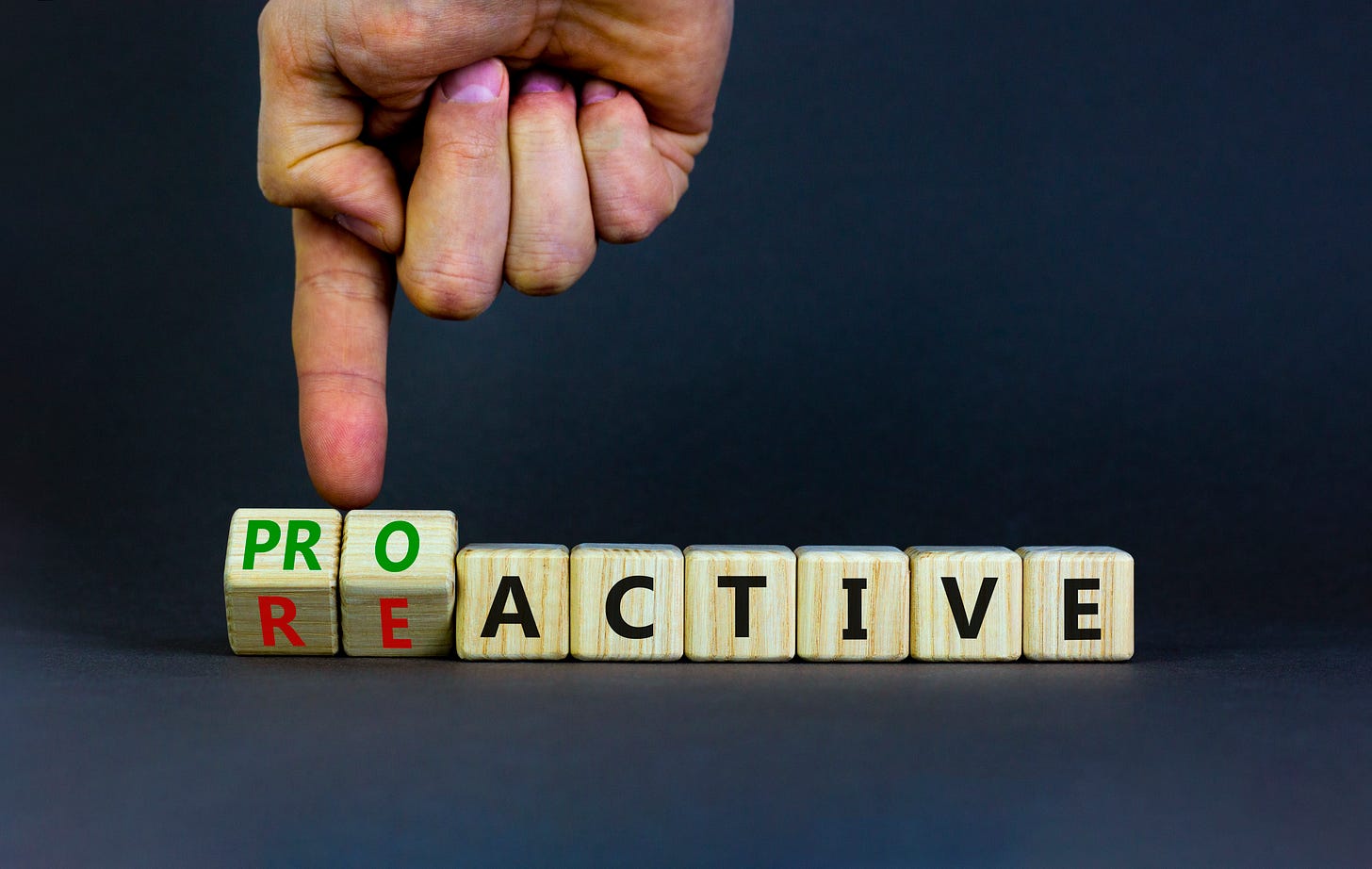Reactive vs. Proactive Content Protection
Moving Beyond the Whack-a-Mole Approach
Content creators face a continuous battle to protect their IP. This struggle often feels like a game of whack-a-mole, where no sooner has one infringement been dealt with than another pops up. To navigate this complex environment, it's crucial to understand the difference between reactive and proactive content protection strategies.
The Whack-a-Mole Dilemma
Imagine you're playing a game of whack-a-mole. Every time you smack down one mole, another one pops up elsewhere. This is akin to the traditional, reactive approach to content protection, where infringements are addressed only after they occur. This endless cycle demands constant vigilance and resources, often leaving creators exhausted and overwhelmed.
Reactive Content Protection
Reactive content protection is the most common strategy employed by creators and companies. It involves:
Monitoring and Detection: Scouring the internet for unauthorized use of your content.
Takedown Requests: Issuing DMCA notices or other legal requests to remove infringing content.
Legal Action: Pursuing litigation against repeat offenders or egregious violators.
While necessary, this approach is inherently reactive. You're always playing catch-up, addressing issues only after they arise.
Proactive Content Protection with Mentaport
In contrast, proactive content protection anticipates and prevents infringements before they happen. This strategic approach can significantly reduce the burden on creators. Mentaport is at the forefront of proactive content protection, offering innovative solutions to safeguard digital content.
Key Elements of Proactive Content Protection
Watermarking and Certification: Mentaport embeds digital watermarks and certifies content authenticity from the outset, making it easier to track and verify original content.
Advanced Technologies: Advanced technologies automate the protection process. Detecting potential infringements quickly, also blockchain provides a tamper-proof record of content ownership and distribution.
Education and Awareness: Raising awareness among users and consumers about the importance of respecting intellectual property rights. Educated audiences are less likely to engage in or support content piracy.
Why Proactive Measures Matter
A recent article from The Washington Post highlights the growing concerns over AI-generated deepfakes and the need for more robust measures to combat them. The head of the Cybersecurity and Infrastructure Security Agency, Jen Easterly, emphasized that voluntary commitments from tech companies are not enough to mitigate the risks posed by deepfakes and AI-generated content. This illustrates the importance of proactive measures in content protection.
At Mentaport, we believe in taking a proactive stance. By incorporating our tech into, we provide creators with the tools they need to stay ahead of potential threats. Our approach ensures that content is protected from the moment it is created, reducing the risk of unauthorized use and distribution.
Where We Go From Here
The game of whack-a-mole is not sustainable for content creators in the long run. By shifting towards a more proactive approach, leveraging technologies, and educating the public, we can create a more secure digital environment for all creators. Mentaport is committed to leading this charge, providing innovative solutions that go beyond reactive measures to offer comprehensive content protection.
Please follow along our journey and share with everyone about the difference between a proactive and reactive content protection solution.


